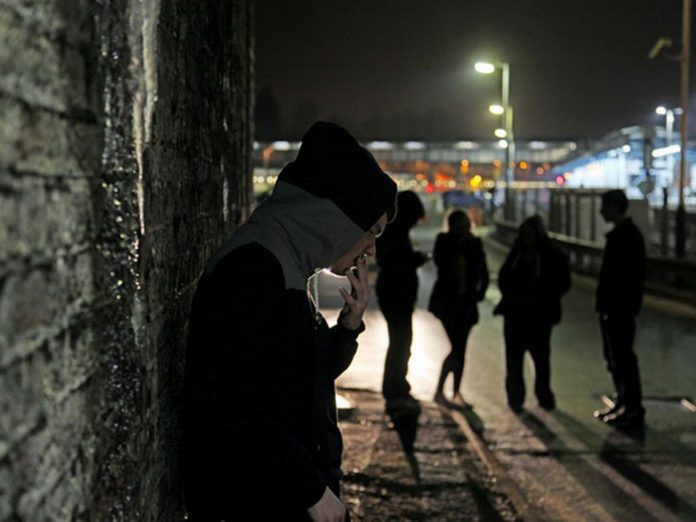A new report from the National Youth Agency (NYA) shows that gangs have adapted to COVID-19, changing locations and grooming new recruits – hidden in plain sight of those in authority.
The new report includes insight from the front line of youth workers on their increased concerns for street-gangs and organised criminal gangs. Where street-based youth work has been sustained it can help young people known to be involved or vulnerable to gangs.
However, diversionary projects have closed and few specialist services are open to help young people exit gangs safely. Meanwhile online activity is stoking up a rapid return of gang violence and there are real fears for an increase in gang activity and child criminal exploitation post-lockdown.
Commenting on the report Anne Longfield, Children’s Commissioner for England, said:
“Lockdown removed many of the usual ways of identifying children at risk of being exploited by gangs. With the closure of schools and youth centres, thousands of vulnerable young people have simply gone off the radar. As rules are relaxed there will be particular dangers for young people at risk of criminal exploitation.”
More young people are in potentially unsafe environment with little or no contact and limited access to support services during lockdown. Young people still go missing and stay away from home, but often for shorter periods and are not reported missing. Some young people are not necessarily known by the police or other services, but most are likely to be known by youth workers,” said Leigh Middleton, NYA Chief Executive.
He added: “Just at the time when they are needed the most, many youth work projects stopped or become severely restricted due to COVID-19. Now is the time for more youth work, not less.”







